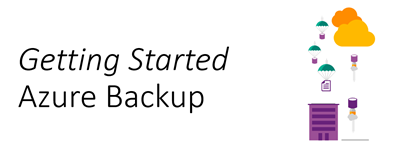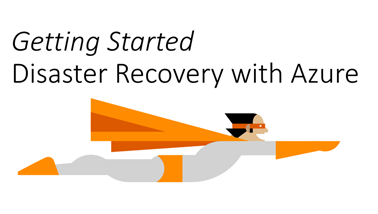As many of our customers are adopting Microsoft Azure to running their most critical workloads, SAP and SAP HANA are naturally at the center of many conversations.
In this session, Cameron Gardiner, principal program manager in the SAP on Azure team, and myself cover the latest status update about technologies available in Azure to run your SAP environments.
This session assumes that you have a prior knowledge of SAP on Azure and cover the following topics:
- Latest compute offerings available in APAC region
- Latest announcements and innovation release
- Certification status for HANA
- Running HEC on Azure
- Building SAP disaster recovery with Azure
- Support and certifications for SAP on Azure Stack and Hyper-V
The link to register to the online session: https://info.microsoft.com/AP-AzureINFRA-WBNR-FY19-07Jul-31-SAPHANAonAzure-MCW0008140_01Registration-ForminBody.html
The video of the session:
The slides of the session:
Some additional links to document our session:
- Cameron’s Blog: https://blogs.msdn.microsoft.com/saponsqlserver/
- Azure Certification Status: http://aka.ms/sapcerts
- SAP on Azure Quick start templates (ARM templates): https://github.com/AzureCAT-GSI/SAP-on-Azure
- SAP on Azure SUSE on the marketplace: https://azuremarketplace.microsoft.com/en-us/marketplace/apps/SUSE.SLES-SAP
- SAP on Azure Deployment Guide for High Availability: http://aka.ms/sapha
- Build a Disaster Recovery Plan for SAP on Azure: http://aka.ms/sapdr
- SQL Server 2017 Support for SAP: https://blogs.msdn.microsoft.com/saponsqlserver/2018/06/28/sap-support-for-sql-server-2017/
- Customers Reference for SAP on Azure: http://customers.microsoft.com/en-us/search?sq=SAP%20on%20Azure&ff=&p=0&so=story_publish_date%20desc
Feel free to reach us for any question!






